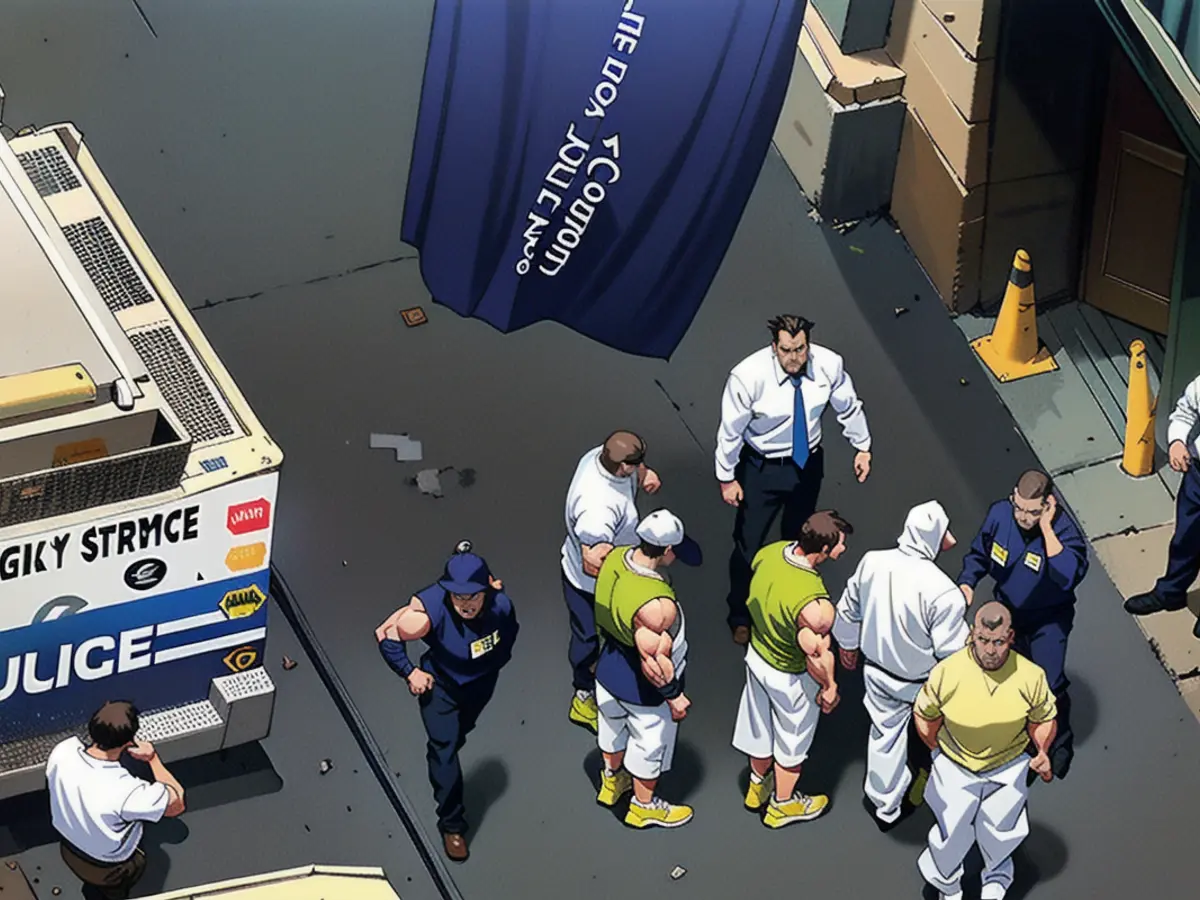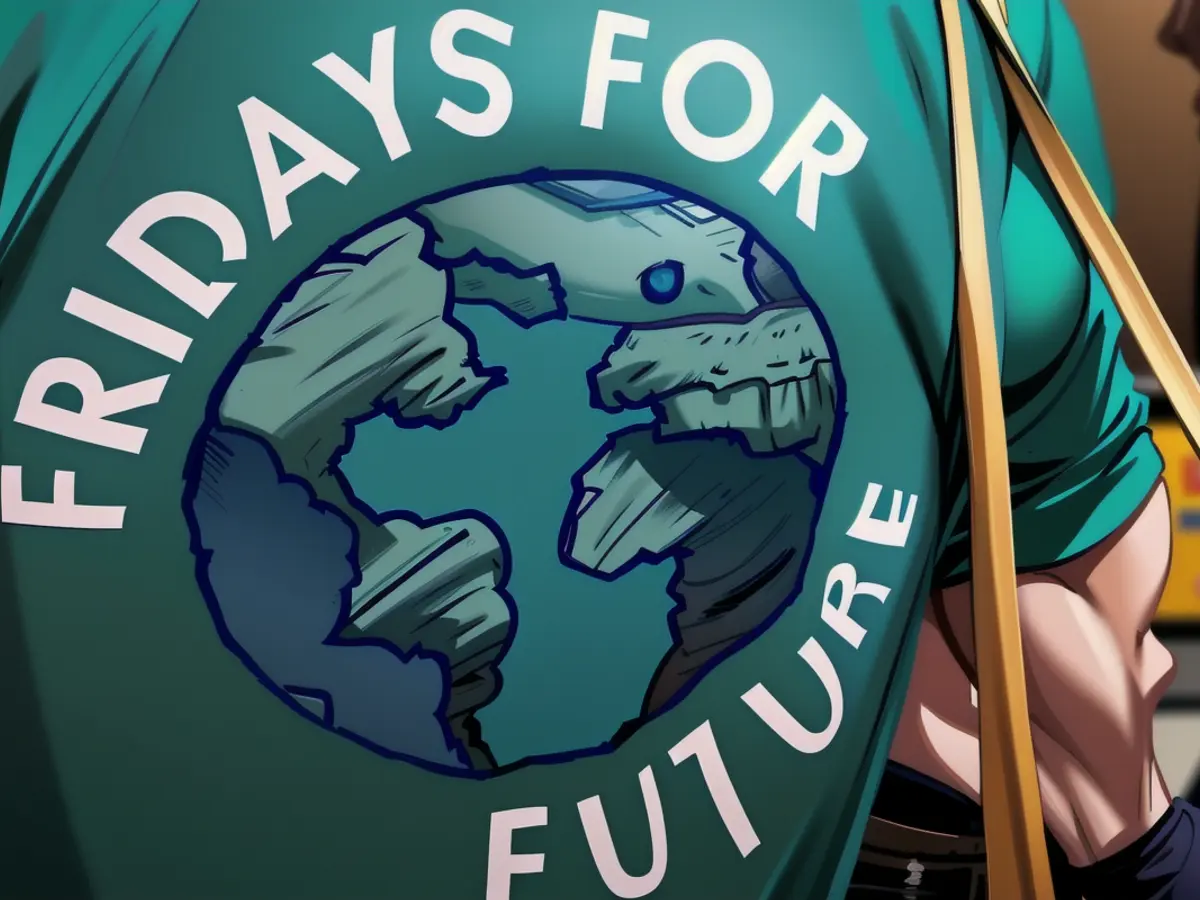Insights from the lethal 2001 Anthrax incidents
In March 2001, I was undergoing training at the Center for Domestic Preparedness in Anniston, Alabama, situated on a former Army base. I had transitioned from the New York Police Department to ABC News as an expert on al-Qaida, Bin Laden, and terrorism. The course I was attending aimed to certify me as a Weapons of Mass Destruction Technician. We practiced handling nerve agents like sarin gas and biological agents such as anthrax while wearing Level A hazmat suits, complete with hoods and self-contained breathing apparatuses.
Following completion of the training, I was presented with a small cobra-shaped lapel pin, signifying my experience managing air-tight vaults with live, deadly chemical agents.
On September 11, 2001, I awoke to a stunningly beautiful day. It was a sunny morning with no clouds in the sky, remaining permanently etched in my memory.
In the wake of this tragic event where almost 3000 lives were lost, attacks continued to loom over the United States. People were terrified of further assaults.
The start of a new fear
The ABC news desk asked me to investigate the case of a man in Florida who had succumbed to anthrax poisoning. Was this an act of terrorism? I pursued this matter and discovered that Robert Stevens, a photo editor for American Media in Boca Raton, must have acquired the infection during a hike while on vacation. He did not seem to be a suitable target for terrorists.
The days that followed were filled with chaos and uncertainty. Letters containing white powder arrived at the New York Post and ABC News. The Senate Majority Leader Tom Dachle's office was also affected; over twenty staff members were exposed. The leader of NBC News, Tom Brokaw, received one addressed to him. His deputy was seriously ill from inhaling the substance but eventually made a full recovery.
One month later, Detective Patrick Pogan finished a long night at the Staten Island landfill, searching through the debris coming from Ground Zero, seeking any link to the terrorists or the departed members of his police circle. He ultimately worked with the FBI's Joint Terrorism Task Force's Weapons of Mass Destruction Unit.
I managed to catch up with him recently. He recalled, "After working late nights at the landfill, it was a challenge to sleep, so I'd drift off under my desk on the floor. Sleeping wasn't an option anymore. One evening, the phone rang. My supervisor asked if I could cover a lead."
Anthrax. A new letter arrived at the New York City Health Department lab, addressed to Judith Miller, a prominent New York Times reporter on WMD. Miller doubted the authenticity of the powder, saying it resembled baby powder, so Pogan handed it over to the lab for analysis.

Pogan remembers, "When I returned to the lab the following day, the biologists were surprised to see me. They informed me that the white powder was in fact, real anthrax. I peered through the microscope to confirm their findings and briefed my superiors."
The team was greatly preoccupied with handling 9/11 leads and the aftermath of the Ground Zero site but realized that New York City was under attack by a different means. This time, it was a slow, insidious form of terror that posed a unique threat to the public. The anthrax particles were so finely milled that they escaped from sealed envelopes and permeated postal facilities. The unfortunate inhalation of these anthrax spores led to the death of five individuals between October 5 and November 22, 2001.
The harrowing hunt
The FBI and NYPD were still overwhelmed by the events of September 11 and the remaining debris at Ground Zero, but they understood that New York City was experiencing a silent and deadly attack. Facing a situation they hadn't encountered before, they turned to the knowledge they had gained during their COBRA training at Anniston. This powerful anthrax was sealed in tiny particles, which made containing it nearly impossible. The lethal Lottery Ticket, as they referred to it, continued to claim victims one by one.
Anthrax. This unconventional attack struck fear into the hearts of the citizens, posing a new, unknown danger as it continued to threaten their lives.
Anthrax. Was it Saddam Hussein? Bin Laden? A lone wolf in his basement? The FBI named this case "Amerithrax." In November, the FBI's Behavioral Science Unit created a profile of the anthrax killer – expected to be a man, a loner, and possibly a lab worker. Many agents, analysts, and scientists all worked day and night. They sought help from the US Defense Department lab in Maryland, where anthrax expert Dr. Bruce Ivins worked.
By summer 2002, investigators concentrated on a primary suspect. Their searches occurred at the Maryland residence of Dr. Steven Hatfill, a bioweapons expert who previously worked for the Department of Defense and governments in countries such as Rhodesia (now called Zimbabwe).
The FBI swabbed Hatfill's home and Florida storage lockers for traces of anthrax and realized he had taken cipro. They noticed his Easy Pass had registered journeys on highways near Maryland and New Jersey, where anthrax letters were sent. Although the authorities tried to keep this investigation secret, Hatfill's name leaked, and he was labeled by the Attorney General John Ashcroft as a "person of interest" in the case.
In the summer of 2002, I left the news industry to become the Chief of Counterterrorism for the LAPD. “White powder cases” continuously came in, all of them either hoaxes or powder accidentally spilled on a conference table. The LAPD's hazmat team had reduced their response to sending three members and a swift powder analysis using specialized equipment. Usually, such situations revealed the powder as non-hazardous, and the team quietly exited. However, each time I stayed in one of these situations, I knew the anthrax killer was still around without being caught.

The "person of interest," Dr. Steven Hatfill, held a press conference in August 2002, claiming his innocence and filing a civil lawsuit against the Attorney General, the Justice Department, and the FBI. I joined the FBI as an Assistant Director in 2005, responsible for the agency's outreach to communities nationally and serving as its spokesperson.
My FBI boss, then Director Bob Mueller, often gathered with the families of the anthrax victims at the bureau's command center to update them privately about the investigation. Mueller prioritized their involvement because he felt they deserved access to information. They were indeed informed about aspects that weren't made public. I'm convinced the families never released details about the case.
Eventually, Director Mueller appointed a new Amerithrax manager, fearing that focus on Dr. Hatfill had hindered the investigation from exploring other suspects. Although Hatfill was absolved and received a settlement of over $2.8 million, another $3 million was set for a yearly payment of $150,000. A new inspector started the case anew.
In 2008, this investigation narrowed down to Dr. Bruce Ivins, a bio-scientist who the investigators had first interviewed about anthrax expertise.
Ivins seemed to believe that his work on bioweapons would receive more resources if an anthrax attack occurred after 9/11. The Amerithrax team believed Ivins imagined flooding his Army bio-weapons research lab with resources.
Ivins possibly knew he would be charged as the anthrax killer, as authorities had accumulated substantial evidence. He killed himself by taking an overdose in an apparent suicide. We would have arrested him within 48 hours.
The anthrax case taught valuable lessons. We can train based on how experts anticipate situations, but actual events can bring surprises. It also emphasized the importance of considering victims and their families, as evidenced by FBI Director Mueller's suitable relationships with families.
The final key lesson is about tunnel vision. While investigators should trust their intuition, they should also be aware that the real suspect could be close by.
John J. Miller currently serves as CNN's Chief Law Enforcement and Intelligence Analyst. He is a seasoned award-winning journalist and experienced law enforcement and intelligence professional. Earlier, Miller held roles with the LAPD and the FBI.

Read also:
- Year of climate records: extreme is the new normal
- Precautionary arrests show Islamist terror threat
- UN vote urges Israel to ceasefire
- SPD rules out budget resolution before the end of the year
Source: edition.cnn.com




